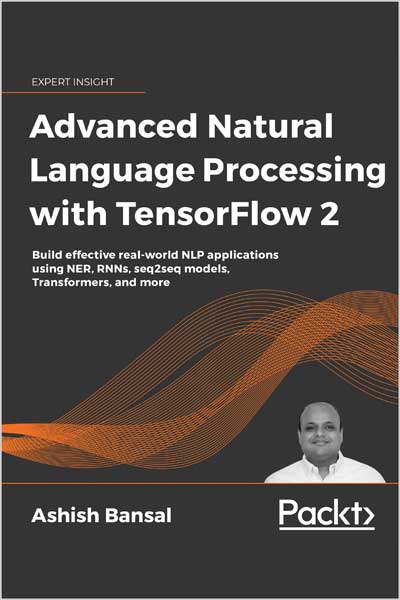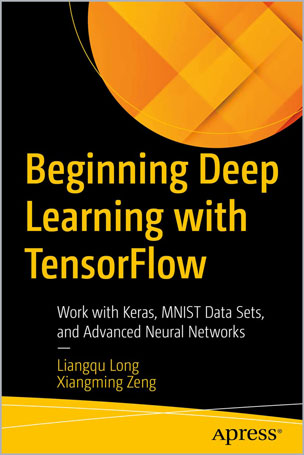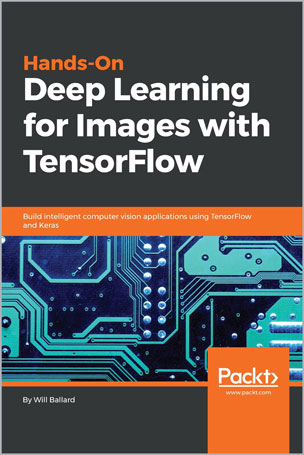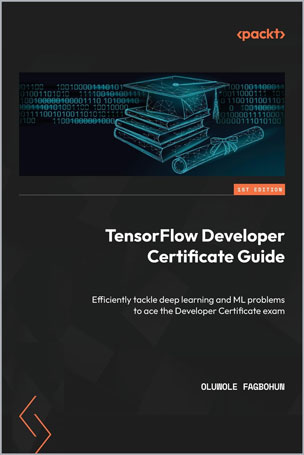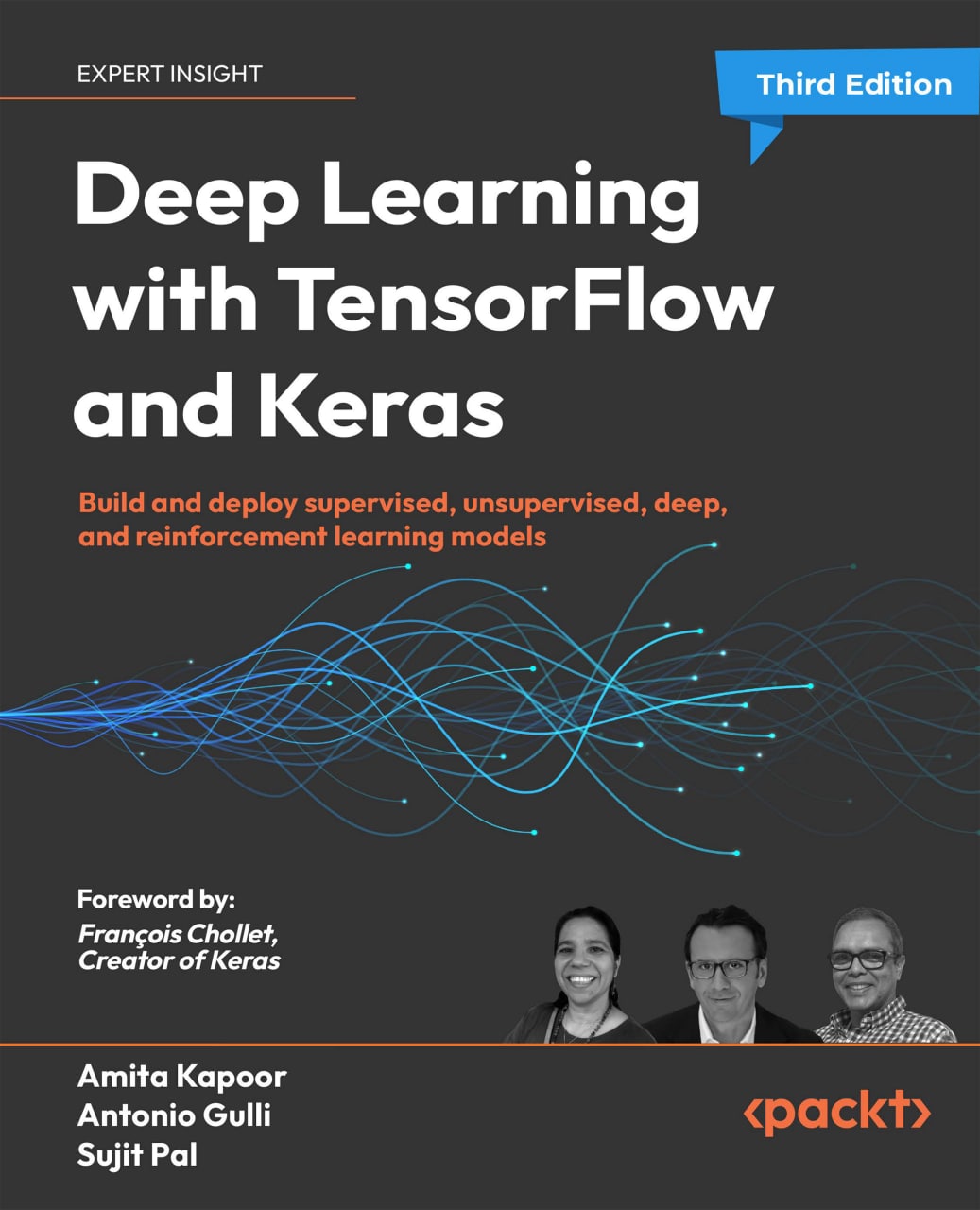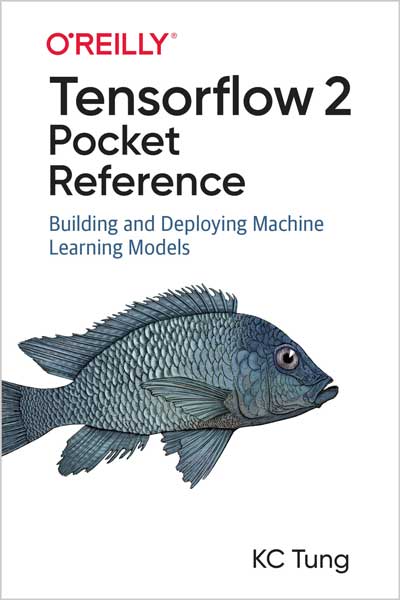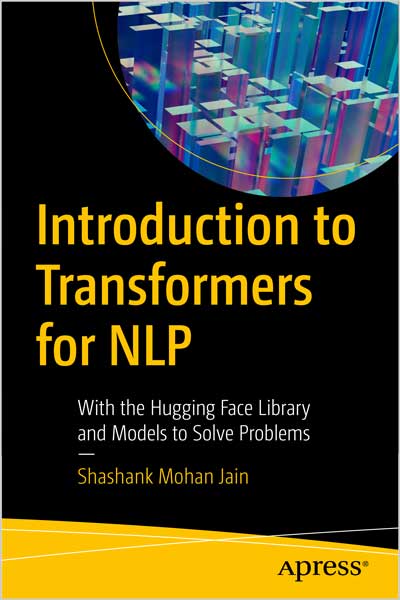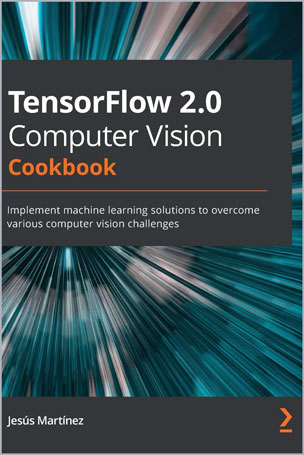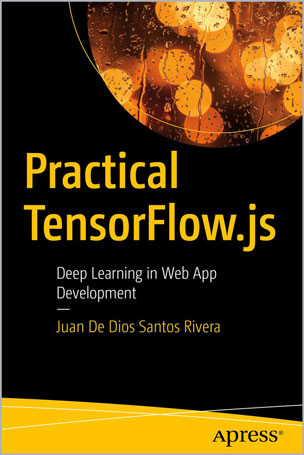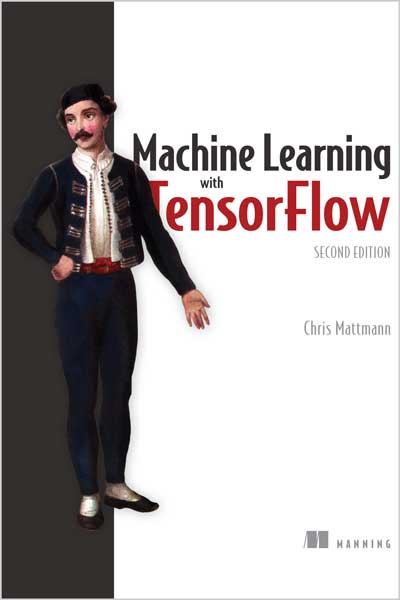Concepts, Tools, and Techniques to Build Intelligent Systems
Aurélien Géron
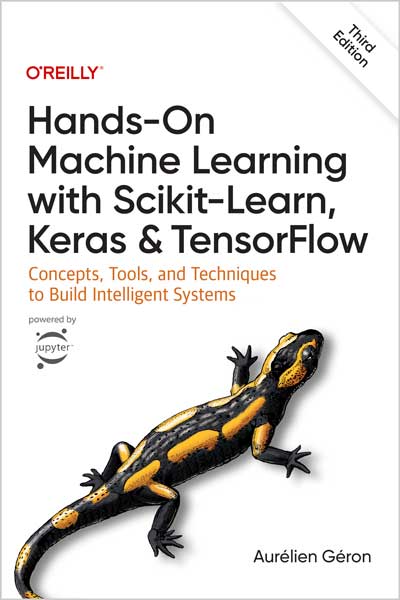
#ML
#Machine_Learning
#Deep_Learning
#Python
#Frameworks
#Tensor_Flow
#Scikit-Learn
یادگیری ماشین با Scikit-Learn، Keras و TensorFlow نسخه سوم – اثر اورلیَن ژرون
در پی مجموعهای از پیشرفتهای اخیر، یادگیری عمیق (Deep Learning) جهشی بزرگ در کل حوزهی یادگیری ماشین ایجاد کرده است. امروزه حتی برنامهنویسانی که آشنایی چندانی با این فناوری ندارند، میتوانند با ابزارهایی ساده و کارآمد، برنامههایی بسازند که از دادهها یاد میگیرند.
این کتاب پرفروش با استفاده از مثالهای ملموس، نظریهی حداقلی، و چارچوبهای قدرتمند پایتون مانند Scikit-Learn، Keras و TensorFlow، به شما کمک میکند تا درکی شهودی و عملی از مفاهیم و ابزارهای لازم برای ساخت سیستمهای هوشمند بهدست آورید.
🔁 نسخه سوم بهروزشده شامل چه مواردی است؟
نویسنده Aurélien Géron در این ویرایش جدید، طیفی از تکنیکها را بررسی میکند؛ از رگرسیون خطی ساده گرفته تا شبکههای عصبی عمیق. مثالهای کدنویسی متعدد و تمرینهای کاربردی در سراسر کتاب به شما کمک میکند آموختههایتان را فوراً در عمل پیادهسازی کنید. تنها پیشنیاز ورود به این کتاب، داشتن تجربهی برنامهنویسی است.
🧠 مطالب کلیدی کتاب:
- استفاده از Scikit-Learn برای اجرای یک پروژهی یادگیری ماشین از ابتدا تا انتها
- بررسی مدلهای مختلف: ماشین بردار پشتیبان (SVM)، درخت تصمیم، جنگل تصادفی (Random Forest) و روشهای تجمعی (Ensemble)
- بهرهگیری از یادگیری بدون نظارت (Unsupervised Learning): کاهش ابعاد، خوشهبندی (Clustering)، و کشف ناهنجاری (Anomaly Detection)
- معماریهای پیشرفتهی شبکههای عصبی: شبکههای کانولوشنی (CNN)، شبکههای بازگشتی (RNN)، شبکههای GAN و ترنسفورمرها (Transformers)
- ساخت و آموزش شبکههای عصبی با TensorFlow و Keras برای کاربردهایی چون بینایی ماشین، پردازش زبان طبیعی، مدلهای مولد و یادگیری تقویتی عمیق
- آموزش شبکههای عصبی روی چند GPU و استقرار در مقیاس وسیع با استفاده از Google Vertex AI
Through a recent series of breakthroughs, deep learning has boosted the entire field of machine learning. Now, even programmers who know close to nothing about this technology can use simple, efficient tools to implement programs capable of learning from data. This best-selling book uses concrete examples, minimal theory, and production-ready Python frameworks--scikit-learn, Keras, and TensorFlow--to help you gain an intuitive understanding of the concepts and tools for building intelligent systems.
With this updated third edition, author Aurelien Geron explores a range of techniques, starting with simple linear regression and progressing to deep neural networks. Numerous code examples and exercises throughout the book help you apply what you've learned. Programming experience is all you need to get started.
• Use scikit-learn to track an example machine learning project end to end
• Explore several models, including support vector machines, decision trees, random forests, and ensemble methods
• Exploit unsupervised learning techniques such as dimensionality reduction, clustering, and anomaly detection
• Dive into neural net architectures, including convolutional nets, recurrent nets, generative adversarial networks, and transformers
• Use TensorFlow and Keras to build and train neural nets for computer vision, natural language processing, generative models, and deep reinforcement learning
• Train neural nets using multiple GPUs and deploy them at scale using Google's Vertex AI
Table of Contents
Part I. The Fundamentals of Machine Learning
Chapter 1. The Machine Learning Landscape
Chapter 2. End-to-End Machine Learning Project Chapter 3. Classification
Chapter 4. Training Models
Chapter 5. Support Vector Machines
Chapter 6. Decision Trees
Chapter 7. Ensemble Learning and Random Forests
Chapter 8. Dimensionality Reduction
Chapter 9. Unsupervised Learning Techniques
Part II. Neural Networks and Deep Learning
Chapter 10. Introduction to Artificial Neural Networks with Keras
Chapter 11. Training Deep Neural Networks
Chapter 12. Custom Models and Training with TensorFlow
Chapter 13. Loading and Preprocessing Data with TensorFlow
Chapter 14. Deep Computer Vision Using Convolutional Neural Networks
Chapter 15. Processing Sequences Using RNNs and CNNs
Chapter 16. Natural Language Processing with RNNs and Attention
Chapter 17. Autoencoders, GANs, and Diffusion Models
Chapter 18. Reinforcement Learning
Chapter 19. Training and Deploying TensorFlow Models at Scale
About this Book
Machine Learning in Your Projects
So, naturally you are excited about Machine Learning and would love to join the party! Perhaps you'd like to give your homemade robot a brain of its own? Make it recognize faces? Or learn to walk around? Or maybe your company has tons of data (user logs, financial data, production data, machine sensor data, hotline stats, HR reports, etc.), and more than likely you could unearth some hidden gems if you just knew where to look. With Machine Learning, you can accomplish the following & much more:
• Segment customers and find the best marketing strategy for each group.
• Recommend products for each client based on what similar clients bought.
• Detect which transactions are likely to be fraudulent.
• Forecast next year’s revenue.
Objective and Approach
This book assumes that you know close to nothing about Machine Learning. Its goal is to give you the concepts, tools, and intuition you need to implement programs capable of learning from data.
We will cover a large number of techniques, from the simplest and most commonly used (such as Linear Regression) to some of the Deep Learning techniques that regularly win competitions. For this, we will be using production-ready Python frameworks:
• Scikit-Learn is very easy to use, yet it implements many Machine Learning algorithms efficiently, so it makes for a great entry point to learning Machine Learning.
• TensorFlow is a more complex library for distributed numerical computation. It makes it possible to train and run very large neural networks efficiently by distributing the computations across potentially hundreds of multi-GPU (graphics processing unit) servers. TensorFlow (TF) was created at Google and supports many of its large-scale Machine Learning applications.
• Keras is a high-level Deep Learning API that makes it very simple to train and run neural networks. Keras comes bundled with TensorFlow, and it relies on TensorFlow for all the intensive computations.
Prerequisites
This book assumes that you have some Python programming experience and that you are familiar with Python’s main scientific libraries, in particular NumPy, Pandas, and Matplotlib.
Also, if you care about what’s under the hood, you should have a reasonable understanding of college-level math as well (calculus, linear algebra, probabilities, and statistics).
About the Author
Aurélien Géron is a Machine Learning consultant. A former Googler, he led YouTube's video classification team from 2013 to 2016. He was also a founder and CTO of Wifirst from 2002 to 2012, a leading Wireless ISP in France, and a founder and CTO of Polyconseil in 2001, a telecom consulting firm.
Before this he worked as an engineer in a variety of domains: finance (JP Morgan and Société Générale), defense (Canada’s DOD), and healthcare (blood transfusion). He published a few technical books (on C++, WiFi, and Internet architectures), and was a Computer Science lecturer in a French engineering school.
A few fun facts: he taught his 3 children to count in binary with their fingers (up to 1023), he studied microbiology and evolutionary genetics before going into software engineering, and his parachute didn’t open on the 2nd jump.
 حمید ایران نژاد
حمید ایران نژاداین کتابی که من بصورت pdf دارم تعداد صفحاتش ۱۱58 صفحه هست همین ادیشن سوم هست. خواستم بپرسم که تعداد صفحه ای که نوشتین 864 درسته؟
 اسکای بوک
اسکای بوکدرود، شما نسخه تبدیل شده از Epub رو دارید، نسخه اصلی 864 صفحه هست.
 رامین حسین پوری
رامین حسین پوریسلام، آیا میشه فقط یک جلد از این کتاب رو سفارش داد؟
 اسکای بوک
اسکای بوکدرود، جلد سخت بله، جلد نرم و فنری خیر.
